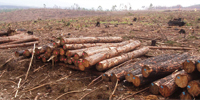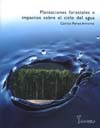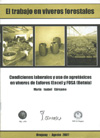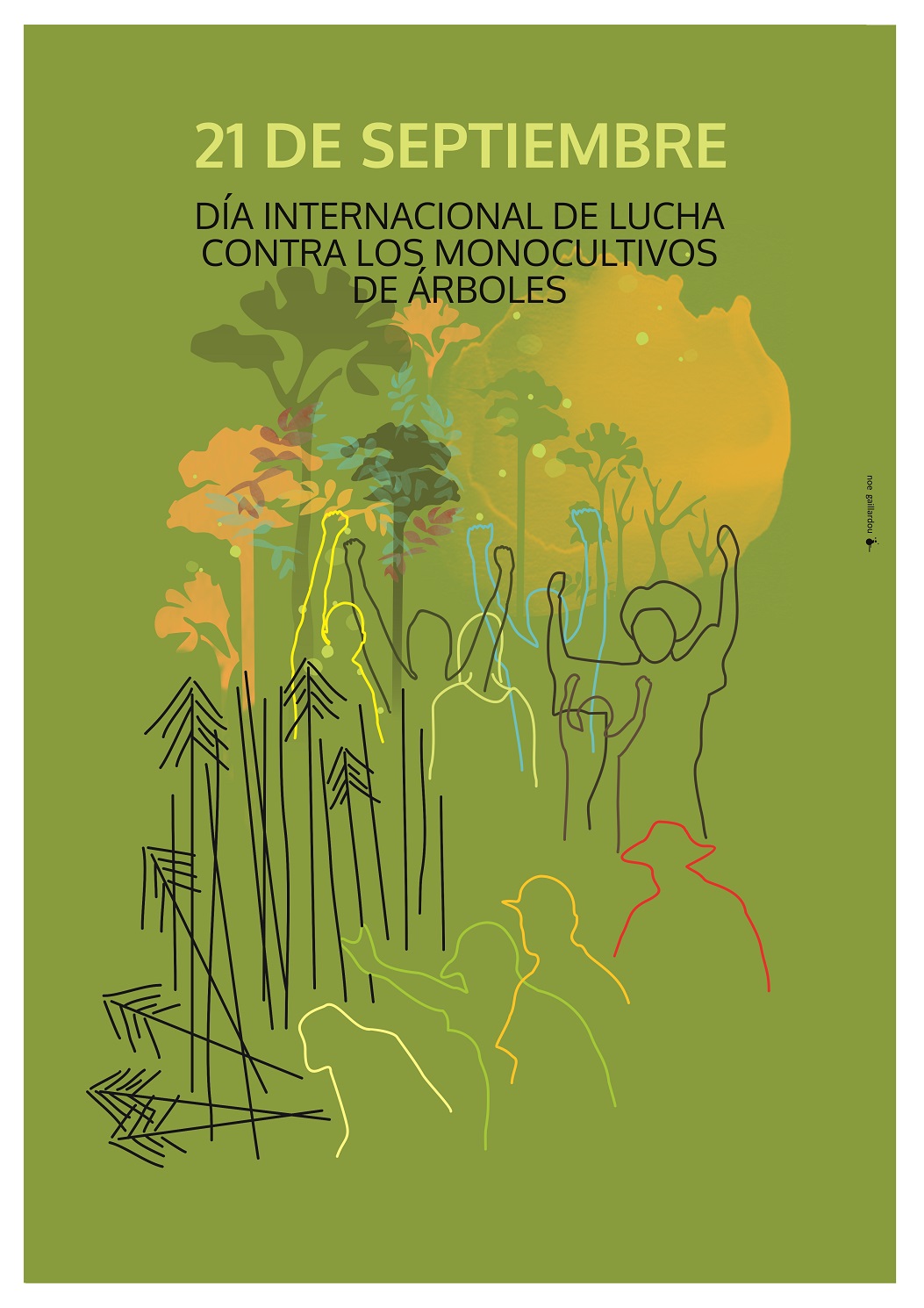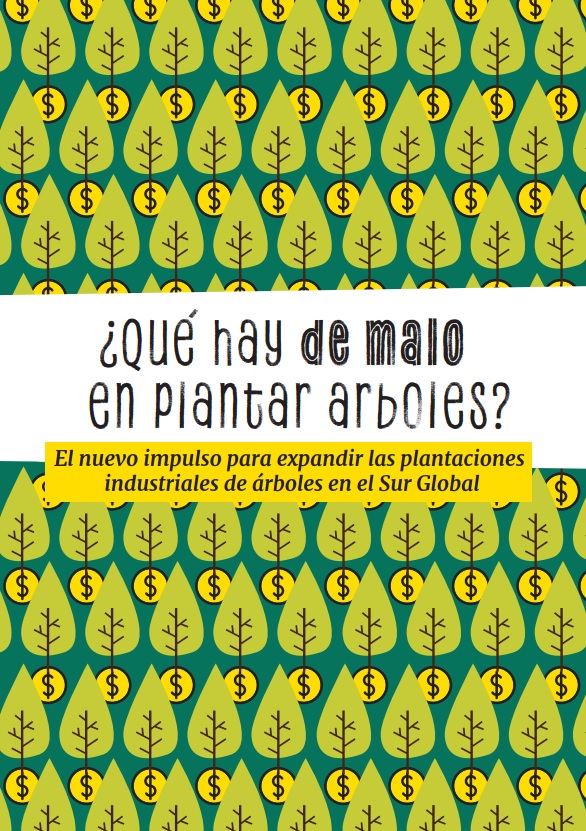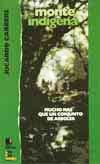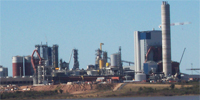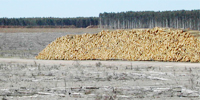There has been a lot of coverage in the local press recently on the subject of foreign investment linked to the construction of new pulp mills in Uruguay.
However, despite the concerns voiced by social and environmental organizations, there has been no real discussion around the amount of land in the country that is already being used for monoculture tree plantations, which are concentrated in certain areas of the country, and now total more than one million hectares. Nor has there been a serious assessment of the costs and benefits resulting from the UPM pulp mill, the first and so far only pulp mill built in Uruguay, which has now been operating for two years.
Portucel: Who will offer more?
Over recent days the press has been following the “exchange” between the Uruguayan government and the Portuguese pulp and paper company Portucel, which is deciding whether or not to build a pulp mill in our country. In this interchange of offers and demands, in which the government is asking the company to stay and the company is answering, “Maybe, but…”, what Portucel is really saying is, “It depends…”: it depends on who gives me the incentives I need in order to make the highest possible profits in return for the least possible investment. Its demands include, among others, a deepwater port. (1)
Portucel is playing this game with two different governments – those of Uruguay and Brazil – and drawing out the uncertainty over its final decision of which of the two countries it will choose to set up operations. In this way, the company is able to exert pressure on both governments to see which is willing to offer it more benefits. The highest bidder will “win” two things: a pulp mill and an increase in the amount of land covered with eucalyptus plantations.
It is worth recalling the argument used in 2002 to justify the construction of the first pulp mill in Uruguay: “the plantations are already here.” This argument was aimed at convincing the public that the only possible option was the installation of pulp mills by foreign companies. This argument was later replaced by the argument that “the pulp mill is already here” and now there need to be more plantations close by to reduce transportation costs. Once even more tens of thousands of hectares of land had been planted with eucalyptus trees, it was back to the starting point of “the plantations are already here” as a means to justify the construction of more pulp mills. (2) Isn’t it time to break the vicious circle?
And even more importantly: isn’t it time to undertake a serious assessment of the only pulp mill already operating in the country (the UPM mill) and the hectares of land already planted with eucalyptus trees, and to compare the promised benefits (employment, local development) with the current reality in Río Negro, the department where the mill is located? Especially since, among other things, Río Negro is currently the department with highest rate of unemployment in Uruguay. (3)
Montes del Plata: Discrediting the environmental impact assessment process
In February of this year, Montes del Plata (a joint venture between Stora Enso and Arauco) confirmed its intent to construct a massive pulp mill in Conchillas. Since then, a number of unusual events have occurred that do not seem to comply with the normal procedures for the authorization of projects of this kind.
On the one hand, the executive branch of the government determined that this new company would inherit the free zone originally granted to Ence for the construction of a pulp mill. On the other hand, we can only assume that something similar happened with the location viability assessment, since there has been no word so far about the company requesting this authorization from the Ministry of the Environment (MVOTMA). In 2007, the national environment authority, DINAMA, granted Ence authorization to construct a pulp mill in Conchillas, based on the proposal presented by this Spanish company (in terms of both the capacity and the characteristics of the mill). However, nothing is known as yet about the characteristics or capacity of the mill that Montes del Plata intends to build. How is it possible for its location to be authorized if we still do not know if the company plans to build port facilities, if the project includes a chemical plant, if it implies – in addition to pulp production – the installation of a power plant?
As part of the environmental impact assessment that every company of this kind must submit to MVOTMA to be authorized to operate, the company must first present a study on the environmental viability of the proposed location and secondly an environmental impact study. (4)
Therefore, if our country’s environmental legislation were respected, before granting environmental authorization for the new project, MVOTMA would have to create the conditions for the public to be informed about the project (by providing public access to the project proposal for a certain period of time and holding a public hearing) “so that any interested party may view it and formulate in writing any comments they deem necessary.” As far as we know, these steps have not been completed.
That is why it comes as somewhat of a surprise to hear the statements of representatives of our government here and abroad claiming that the company’s project has already been approved and that all that needs to be done now is to put the “final touches” on the project. Statements like these simply confirm the unfortunate view that in our country, an environmental impact assessment is a mere formality (a “final touch”) and that all projects like these are already approved beforehand. (5)
UPM: Pollution reports
The press has also recently reported on an Argentine study of the pollution generated by UPM (formerly Botnia). According to the newspaper El País, the report presented by the Argentine environmental secretary states that there is “air pollution” in the area of the UPM pulp mill “that was undetectable” before the mill began operations.
When asked to comment on the report, the director of DINAMA told El País that “the comment has been made by the ruling of the Court in The Hague, which was categorical in response to the presentations made by each country.” At the same time, however, he noted that the issue of air pollution does not fall under the framework of the bilateral Uruguay River Administrative Commission (CARU) and “therefore it would not correspond to The Hague to issue an opinion.” He added that monitoring to detect air pollution is not part of the responsibility of the scientific committee agreed upon by Presidents Cristina Fernández de Kirchner and José Mujica for the environmental monitoring of the Uruguay River, either. (6)
Statements like these lead us to reflect that although CARU is not responsible for studying the atmospheric emissions from the UPM pulp mill and although the International Court of Justice in The Hague did not issue a ruling on the subject of air pollution, it IS important for Uruguayans, and very important, to know what kind of emissions are being produced by the mill, in what volumes, and what effects they could have on the environment and on people.
Uruguay has no experience in the monitoring and control of pulp mills and we are also well aware that the financial resources and staff available for these tasks are insufficient. This is why we must pay careful attention to any report of pollution, whether it comes from Uruguay or Argentina, and to very seriously analyze it. And we must also steer clear of the temptation to revive the Uruguay versus Argentina conflict every time a critical view of the pulp mill is voiced.
It is important to be able to objectively assess what were and are the environmental, social, economic and political costs of accepting these types of undertakings, before we can even think about authorizing new and increasingly larger pulp mill projects.
Grupo Guayubira
20 October 2010
Notes:
1.- “Gobierno pedirá a Portucel que confirme radicación en el país”
2.- “Más empresas forestales desembarcarían en Uruguay”
3.- “Sin corte de rutas ni tribunales internacionales… Evaluemos los beneficios y costos de una mega-fábrica de celulosa”
http://www.guayubira.org.uy/celulosa/evaluemos.html
4.- Reglamento de Evaluación del Impacto Ambiental
http://www.dinama.gub.uy/index.php?option=com_docman&task=doc_download&gid=249&Itemid=376
5.- “Reunión con Stora Enso en Europa para cerrar acuerdo”
6.- “Botnia: informe negativo argentino sin rigor científico, afirma Uruguay”


